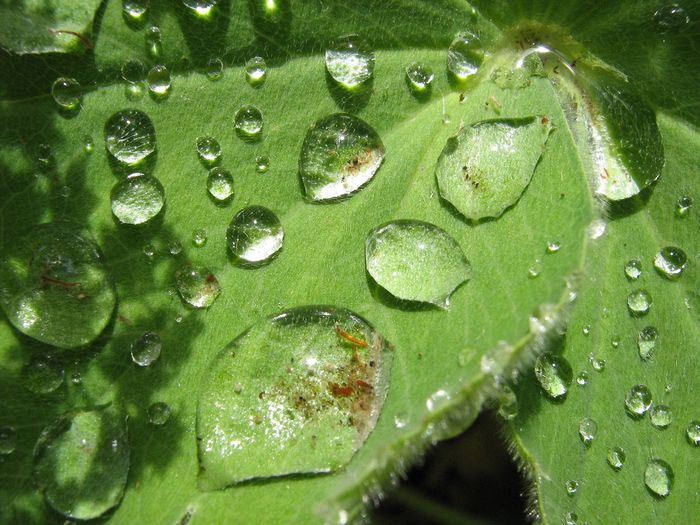Caffeine – from protecting plants to fuelling our days
Science editor Sambhavi Kumar delves into the possible evolutionary history of caffeine, and considers why caffeine consumption is so prevalent.

As we enter the start of a new academic year, plunged back into a frenzy of deadlines and to-do lists, students often find themselves fuelling their late nights and early mornings with caffeine. Its most popular vehicle, coffee, is believed to be the most widely consumed drink worldwide – an estimated two billion cups are consumed every day. The physiological effects of caffeine are extensive. As well as cognitive stimulation (such as relieving drowsiness and improving reaction times) caffeine can enhance physical performance in both aerobic and anaerobic exercise in some individuals. However, whilst it does have possible benefits, humans are not evolutionarily primed to consume caffeine – so why do we?
Classified structurally as a methylxanthine (a modified product formed when purine bases are degraded), caffeine is derived from the seeds, nuts, or leaves of around 30 plant species native to Africa, East Asia, and South America. Caffeine may act as a natural pesticide for these plants. The highest caffeine levels tend to be found in coffee seedlings when they are still developing foliage, and so lack mechanical protection. This suggests that evolutionarily, plants with a caffeine content were selected for because it maximised plant survival by helping them to evade pests. Of course, larger organisms are able to consume caffeine up to certain concentrations without lethal effects – though, its bitter taste means that we should be evolutionarily primed to avoid its consumption regardless. In line with this, some research has shown that an individual’s innate tolerance for bitter tastes, perhaps inherited, correlates with their coffee and/or tea drinking habits. Whilst there may be a plethora of flavoured blends and drinks on the market, the still-present loyal black coffee drinkers and demand for caffeine tablets show that the drive for caffeine consumption likely surpasses what should theoretically be a repulsive taste.
The actions of caffeine can be explained by considering a by-product of cellular metabolism called adenosine. When a person is awake and alert (but without any caffeine in their system), the amount of adenosine present in the neurones of their central nervous system (CNS) is negligible. However, as a person continues to stay awake, adenosine begins to accumulate in the synapses of the CNS, and binds to specific adenosine receptors. This activates a downstream signalling cascade that ultimately produces sensations of drowsiness. Caffeine acts as an antagonist at the adenosine receptors and hence is able to produce feelings of wakefulness. Its action at these receptors leads to many other effects, including increased release of catecholamine hormones such as adrenaline, and increased breathing rates.
“As well as being able to acutely improve mental and physical performance, caffeine may provide some protection against the development of Alzheimer’s disease and Parkinson’s disease.”
Caffeine is considered to be safe in low to moderate doses. The FDA recommends a maximum dose of 400 milligrams a day, or about four cups of coffee, though in certain population groups consumption is not advised. This includes young children, perhaps simply because the same amount of caffeine will produce more pronounced effects in a body of lower mass. Some studies have shown that high levels of caffeine consumption in children and young adults gives an increased risk of elevated blood pressure and abnormal cardiac rhythms. This is somewhat worrying, particularly as it is difficult to determine a safe maximum caffeine dosage for a young, growing child.
For all ages, caffeine is evidently highly addictive. In those who have a high, regular caffeine intake, the prolonged inhibition of the adenosine system results in its upregulation, and if such an individual then abstains from caffeine, this upregulation produces the classic symptoms of withdrawal, including headaches, fatigue, and anxiety. Similar to other notoriously addictive drugs (including cocaine), caffeine can stimulate dopaminergic activity in a region of the brain called the nucleus accumbens, as part of our neurological reward system. Evolutionarily, these pathways are used for motivation to perform tasks necessary for survival and reproduction, and for associative learning – but often also form the mechanisms underlying addiction. Caffeine might be legal, but that does not mean that the severity of its addictiveness should be underestimated. ‘Caffeine Use Disorder’ (disruptive, problematic patterns of caffeine use) is becoming a persistent problem and is being recognised as a clinical condition by some healthcare professionals and organisations. However, more research is necessary to confirm the scale and seriousness of this issue.
Whatever form it may take, for some, caffeine is essential to ensure that they can get through their day. In theory, the taste may be unpleasant, but this evidently is something that can easily be overcome. It might have begun as a way to repel unwanted pest organisms, but it appears that caffeine has established itself as a consistent convenience of modern life.
 News / CUP announces funding scheme for under-represented academics19 December 2025
News / CUP announces funding scheme for under-represented academics19 December 2025 News / Cambridge welcomes UK rejoining the Erasmus scheme20 December 2025
News / Cambridge welcomes UK rejoining the Erasmus scheme20 December 2025 Comment / Yes, I’m brown – but I have more important things to say22 December 2025
Comment / Yes, I’m brown – but I have more important things to say22 December 2025 News / SU reluctantly registers controversial women’s soc18 December 2025
News / SU reluctantly registers controversial women’s soc18 December 2025 Film & TV / Timothée Chalamet and the era-fication of film marketing21 December 2025
Film & TV / Timothée Chalamet and the era-fication of film marketing21 December 2025









